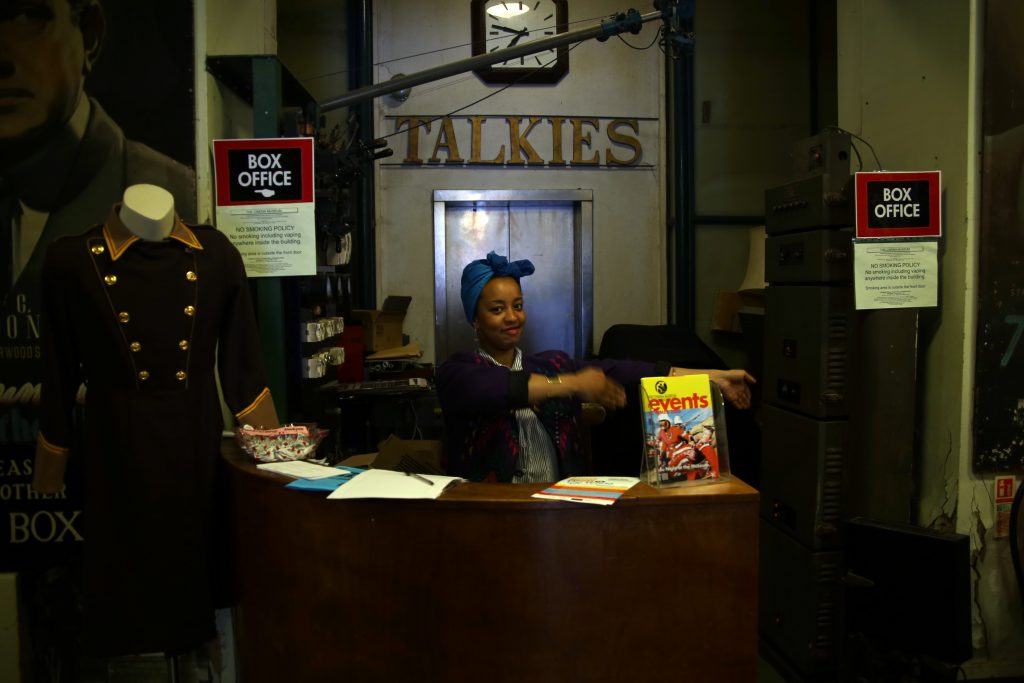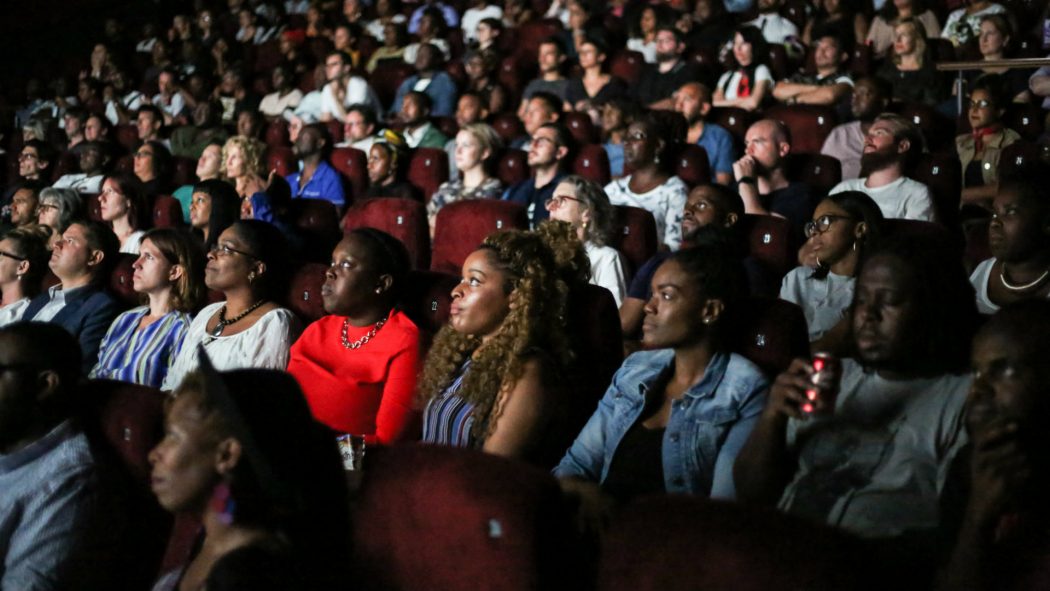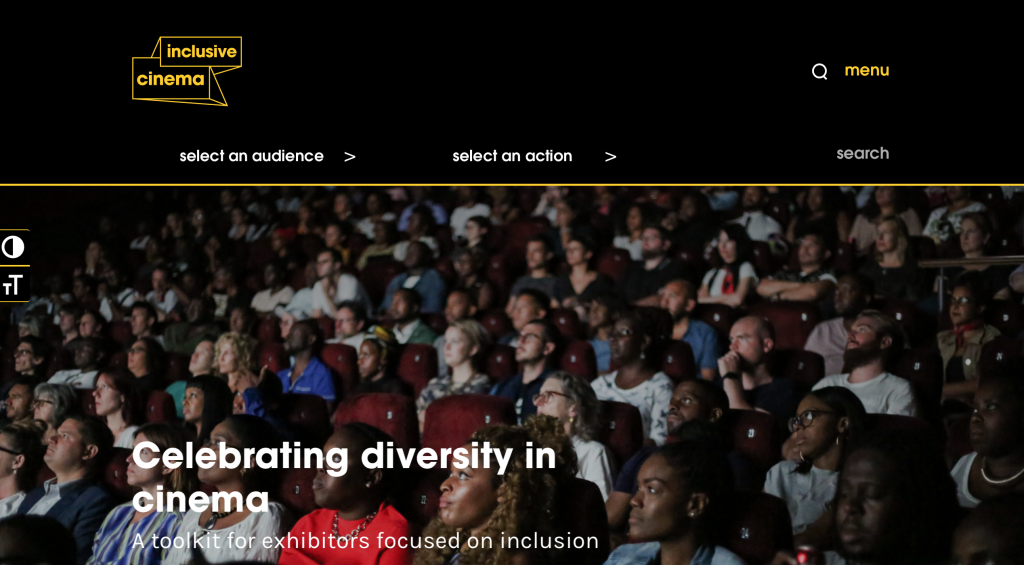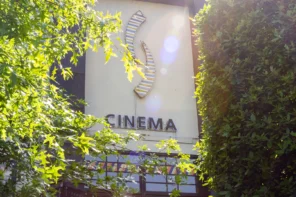In April 2017, we ran a survey throughout the membership to gauge how our members felt about their inclusive cinema offers. 70% of those responding to the survey said they wanted more training. Despite many operators running far-reaching and impactful access projects, many members felt there were barriers; from limited knowledge of partners, to programming, funds, staff confidence, a lack of time and lack of equipment or space.
This week, we launched Inclusive Cinema, inclusivecinema.org a digital resource that brings together existing best practice guidance, articles and opinion pieces, research and data and case studies from across the membership and beyond.
Now the challenge to the membership and for the resource is set. How much can we increase diversity in our audiences? It feels like inclusion is on the agenda more-so than ever, in its many guises. Inclusion for the purple pound from audiences, inclusion to cash in on the funding pots – mainly, inclusion because we have to.
It’s easy to get cynical, but really, shouldn’t it be inclusion because we want to? Because we believe that whoever you are, whatever barriers you face, the cinema should be accessible.
The transformative power of the cinematic experience, the level of empathy that can be achieved through really seeing the world through someone else’s eyes is not to be sniffed at. But what about when that lens doesn’t make sense to you? What if you never see someone who looks like you, behaves like you, or has cultural similarities to you? Is cinema then for you?
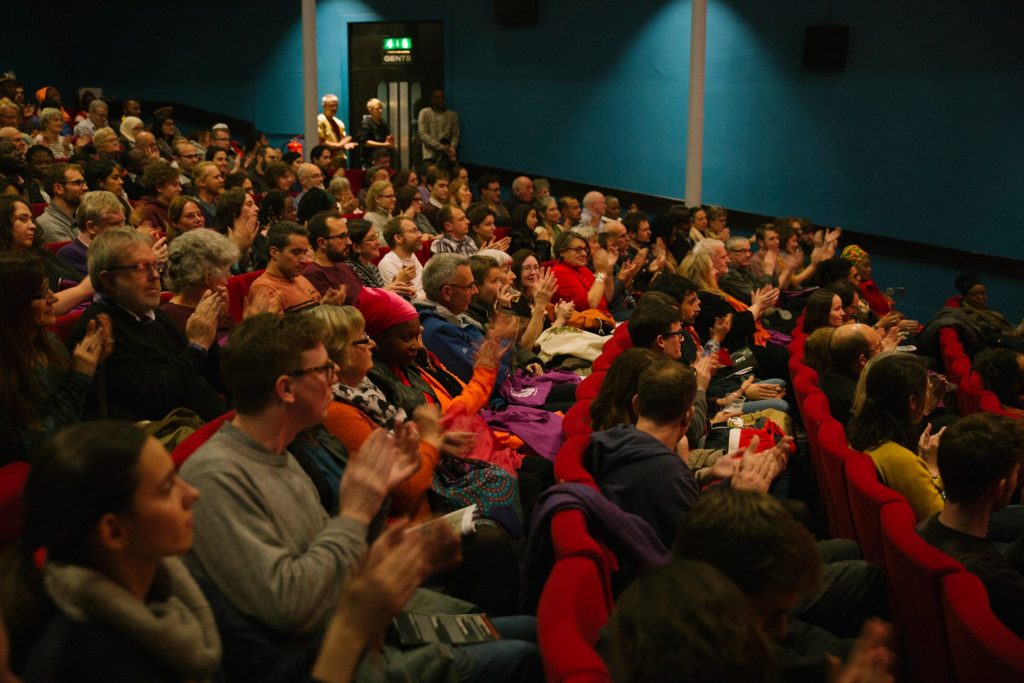
None of this is new. But handling these questions with real actions in response, is vital to developing a positive and diverse cinema culture. We are better when we are made up of the stories of those around us, when we look outward and beyond our own experiences for an understanding of the world.
Inclusive Cinema is about arming exhibitors with the tools to integrate diversity into their practice, whether programming a dedicated season, changing their marketing up to try and communicate to more people across a broader spectrum of experience, or looking at changes they can physically adopt in their cinema spaces to welcome audiences more readily.
Exhibitors can find over 300 resources, including how-to-guides and first-hand stories to support audiences that identify with: migration, autism and neurodiversity, dementia, mental health, ethnicity, LGBTQ+, D/deaf or hard of hearing, visual impairment, disability, rural, women, young people, and lower-income. The website is a developing resource and will continue to grow with input from FAN members and other exhibitors from across the world.
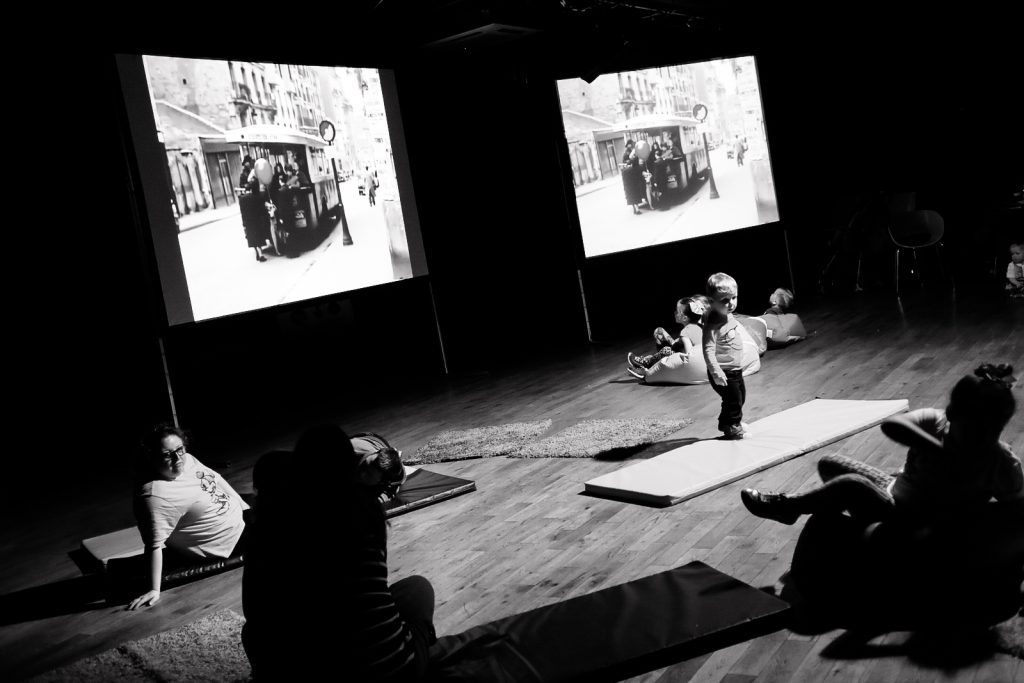
The site showcases the wealth of knowledge already existing across UK screens and within BFI FAN, which celebrates its fifth birthday in 2018. It also benefits from collaborations with specialist organisations, such as the UK Cinema Association, Alzheimer’s Society, The New Black Film Collective, Scottish Queer International Film Festival, and Oska Bright Film Festival. Over 150 key contacts can be found on the site.
It’s not a solution, but it’s a contributor. The resources are there. Now it’s the role of exhibitors to do the research, and develop what they offer, taking into account the challenges that majorities place on marginalized groups.
inclusivecinema.org is designed to give the user an accessible experience. It aims to achieve Level AA conformance to Web Content Accessibility Guidelines 2.0 throughout the site and AAA where possible. The project is led by Film Hub Wales (FHW), on behalf of BFI FAN, one of the eight strategic partners supported by the BFI with National Lottery funding to create new opportunities for audiences to see and enjoy a broader range of films.
If you’ve a case study to share, feedback, or you spot something missing that needs to go on the list for addition, then get in touch with FAN’s access officer, Toki Allison. You can subscribe for Inclusive Cinema’s monthly newsletters here, and/or follow the team’s output on Twitter @InclusiveCinema
